Fika And Other Swedish Notions
Stockholm, SWEDEN
59.3293° N, 18.0686° E
Sprawling across 14 islands, consisting of one third water and one third green space, Stockholm is the quintessential Scandinavian city. When you think about Sweden forget Ikea and Pippy Longstockings, what draws me to Stockholm is the minimalist Scandinavian aesthetic and constant waft of cinnamon scrolls. Whilst in Stockholm I stayed in the creative heart of Södermalm, and although there is plenty of transportation I found Stockholm to be a beautiful walking city full of water ways, blazing sunsets and sun dappled trees.
Södermalm was traditionally a working class area, but it is now home to a myriad of boutique shops, art galleries and design studios, so upon my first day in Stockholm I did the obvious thing — went shopping, bought magazines that usually cost an arm and a leg in Australia, and of course had the obligatory meatballs with a side of mash and lingonberry jam.
Södermalm is home to Fotografiska; a photography museum, and one of the few open late, so it’s a nice way to spend the night. I walked through the doors entering via the gift shop, which gave me a glimpse of what to expect in the exhibitions. I walked up to the cash register to purchase an admissions ticket, and while I fumbled with foreign money the girl serving me quickly informed me “we are actually cashless”, so with a knowing nod and a swipe of a card I was swiftly reminded of Scandinavia’s efficient society. At the time of my visit there was a sobering exhibition by Nick Brandt called “Inherit the Dust” which composes of beautiful life-sized portraits of wild animals juxtaposed in a man-made environment where their homes once stood. There were a collection of other exhibits, but this is the one that stood out to me.
No visit to Stockholm is complete without a stroll through Gamla Stan, the oldest part of the city, flaunting buildings dating back to the 13th century. Usually a tourist hoarding ground, I made the effort to go early in the morning and enjoy the serenity of walking down stone cobbled streets with winding buildings of autumnal colours. As the morning sun bounced along the building walls, dull browns became shades of burnt rust and ochre.
Bidding farewell to Gamla Stan I boarded a ferry to Skeppsholmen where Moderna Museet/ArkDes and a port of historical boats call home. My main agenda for visiting Skeppsholmen was to see the Yayoi Kusama’s – In Infinity exhibition. Stockholm was holding an exhibit showcasing the works of my favourite polka dot lady. Ever since I hugged a big yellow pumpkin in Naoshima I can not get enough of the dots! Hopping off the ferry I pondered where the museum was, but sure enough trees covered in red and white polka dots where telltale signs I was headed in the right direction.
Djurgården is Stockholm’s beautiful green island filled with parks where people walk their dogs and feed swans by the canals. It is also home to an impressive myriad of museums, amongst them is Scandinavia’s most visited; the Vasa Museet which houses the original Vasa warship that was built in the 1600s and had grand plans to sail across oceans to discover new lands… only that it was top heavy and sunk a few minutes later! The wreck has been salvaged and the whole museum just features this one ship and the historical context on how it was rediscovered and hauled out of the water.
Nestled within the green island of Djurgården lies Rosendals Trädgård; a biodynamic garden, nursery, bakery and a greenhouse cafe. Established in 1982, Rosendals farm-to-table ethos sees the cafe serving a delectable selection of pastries, cakes and artisanal baked breads which come directly from the bageri opposite the greenhouse. During beautiful long Swedish Summer days the gardens are open for you to enjoy, with apple orchards and vegetable fields providing organic produce for the cafe, as well as gardens of wildflowers where you can gather posies yourself (then pay by the bundle at the cafe).
Beyond the city rush of Stockholm lies Sweden’s Baltic haven, the archipelago islands. I boarded a Waxholmsbolaget ferry to begin the 1 hour journey to the island of Vaxholm. Dotted along the waterways are wooden cabins and boathouses of various shapes and sizes in a variety of hues, but most notably the signature Falu Rödfärg, the oxblood red that has become synonymous with Sweden. Breathing in the Baltic sea air, and gazing at the calm ripples of silver water it is not hard to imagine that in the peak of Summer, Swedes flock to the archipelago to dabble in a boat, have a swim and enjoy the long days of midnight sun.
Like much of the other Nordic counterparts, Sweden has the law of Allemansrätten (the Right of Public Access). You are free to respectfully roam private and public land at your leisure and to forage for berries, mushrooms and gather wildflowers. As I climbed up the grassy hill to get a better view I found remnants of a camp fire. I could picture a group of friends camping in the wild and enjoying afternoon swims in the water– though a swift dip of my hand in the water quickly reminded me that although it was Summer, we are still in the north, and the water was damn cold. Perhaps being Australian has not prepared me with thick skin for chilly swims, but all the seaside wandering has put one thing on my mind — fika.
Fika [fiːka] is a Swedish concept that translates “to have coffee”, but it is so much more than that. Fika does not imply grabbing a take-away coffee in a paper cup while you hurry to your desk job. Fika isn’t about a caffeine hit, instead it’s about the idea of taking time out of your daily routine to reflect, recharge and at the centre of it is coffee with warm conversations. Along with the time honoured tradition comes the accompaniment of fresh baked cookies and cakes, otherwise known as fikabröd. It only seemed fitting that while I was visiting the archipelago where the air is filled with relaxation and everything moved slowly that I owed it to Sweden to sit by the sea side and enjoy a coffee with a kanelbullar (cinnamon buns). I admittedly got ahead of myself when I saw the smörgåsbord of pastries that lay before me, and had to pack away a pepparkakor (ginger snap) for the ferry ride back to Stockholm. Although Fika is essentially a Swedish tradition, it is something I will be taking back home. It is a small reminder to enjoy the little things in life.


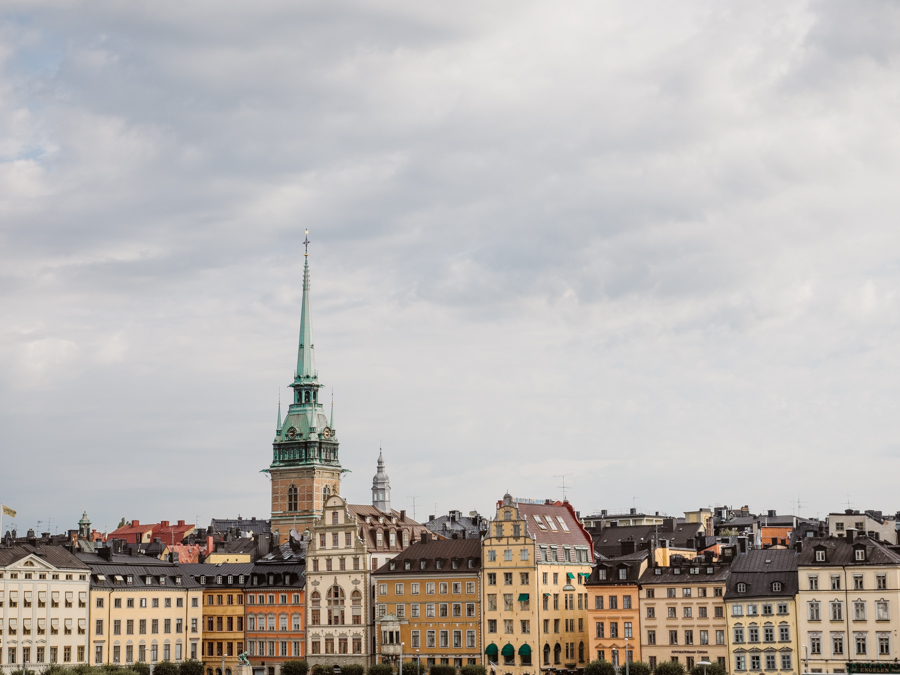
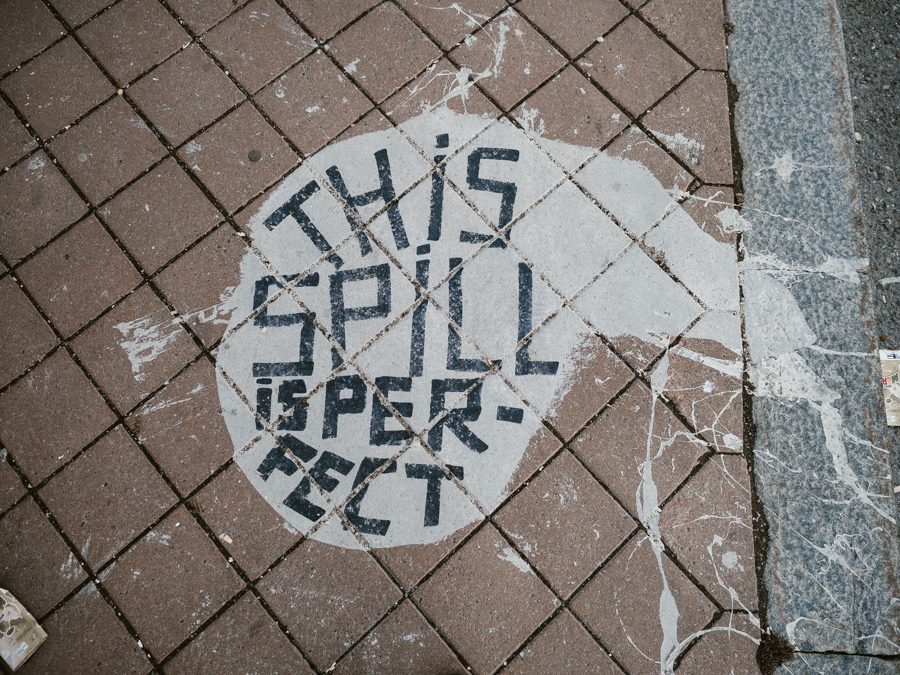

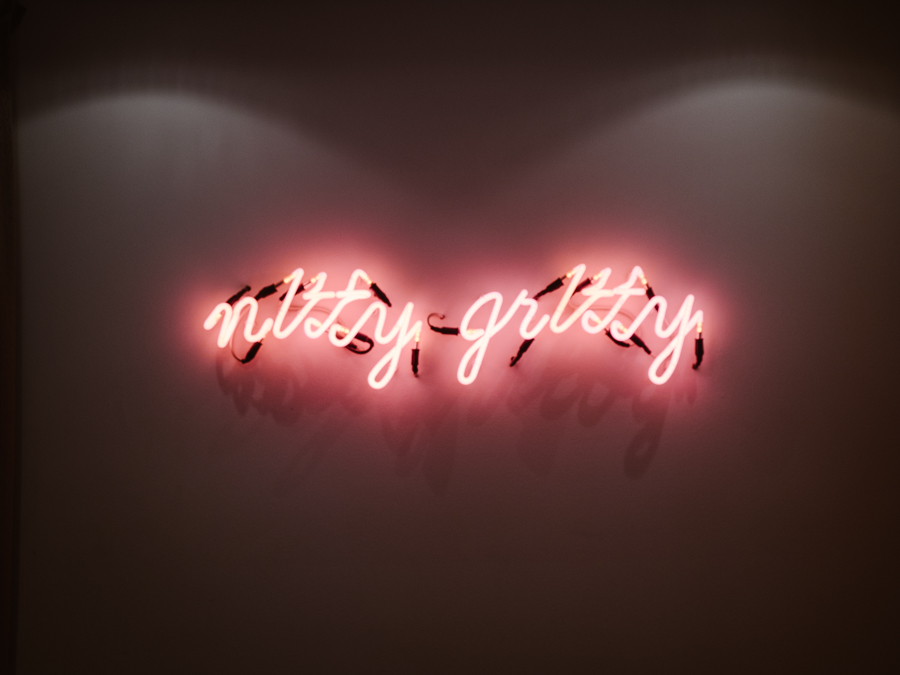


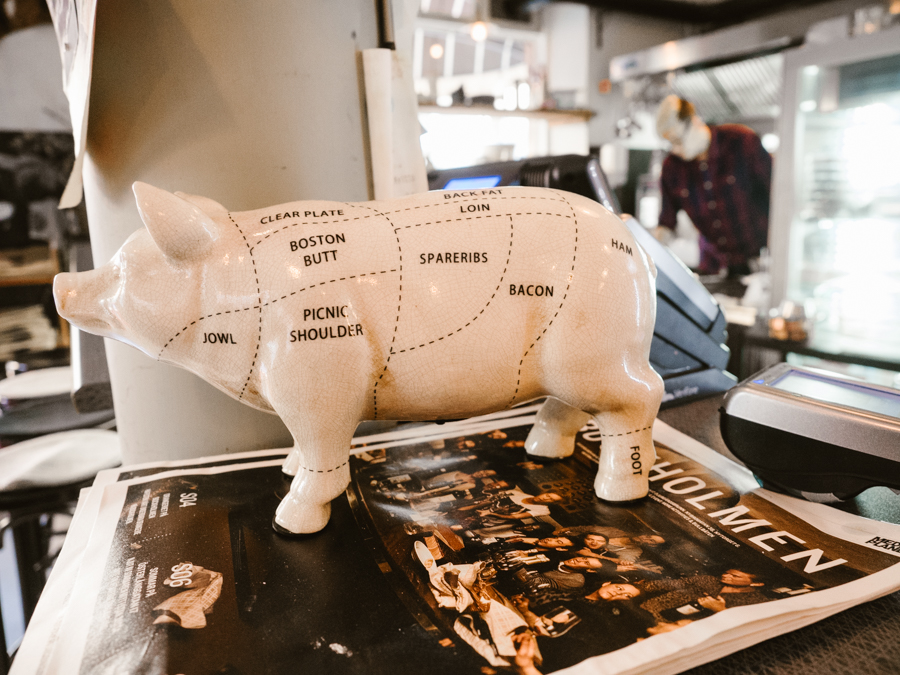
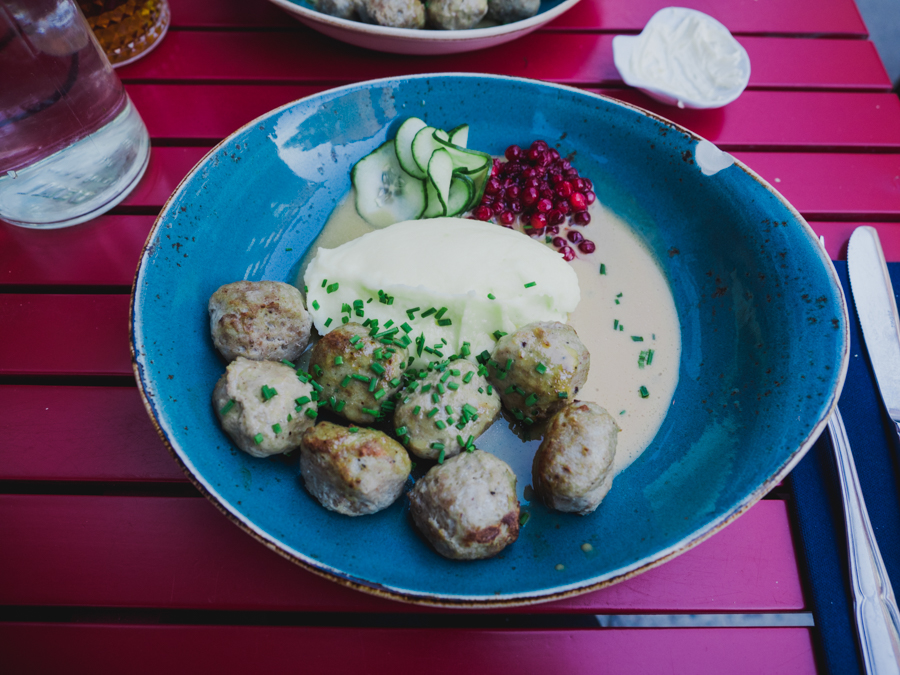
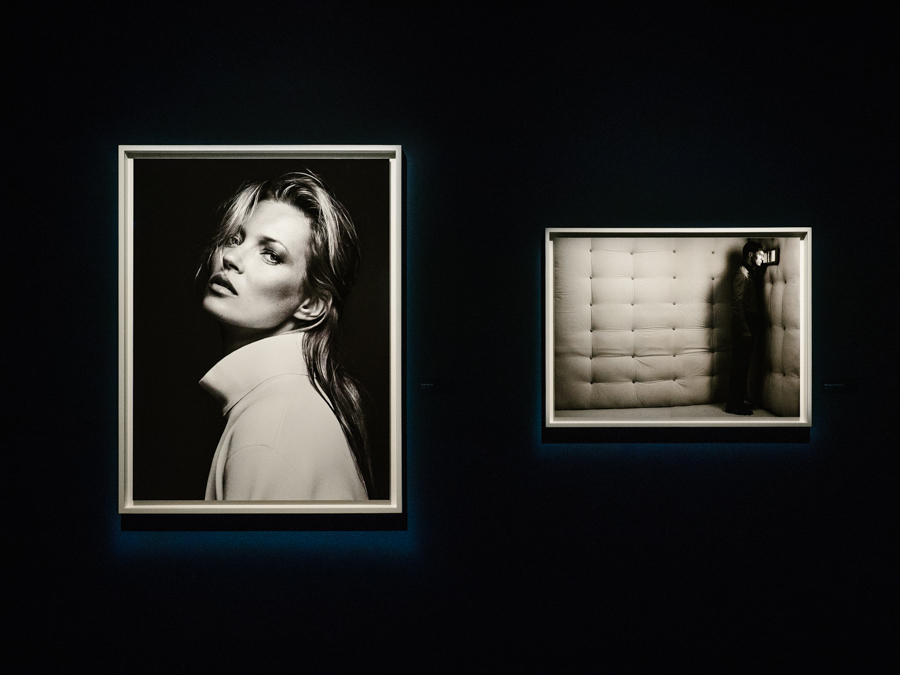
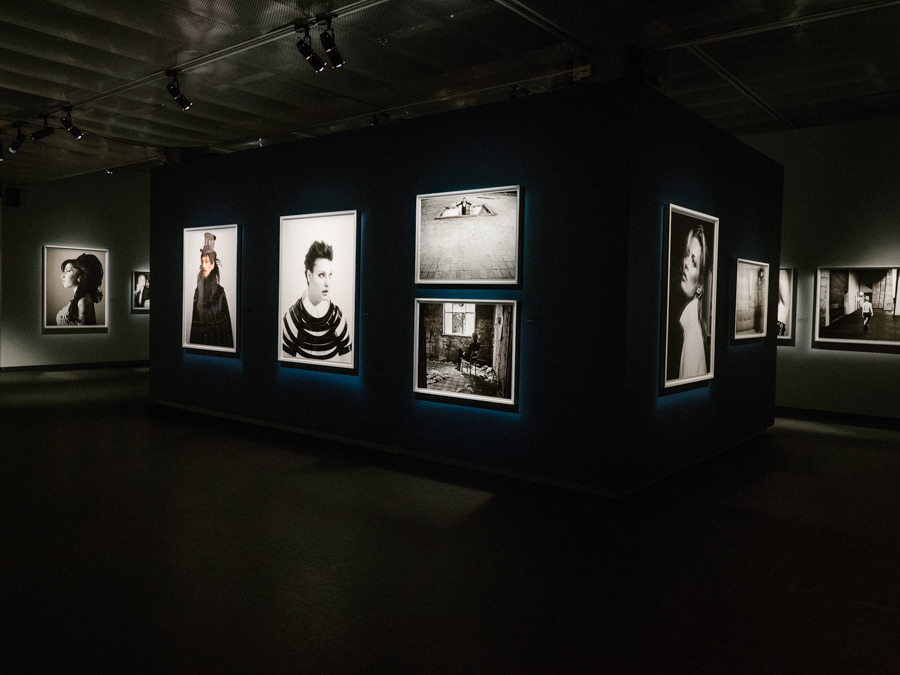
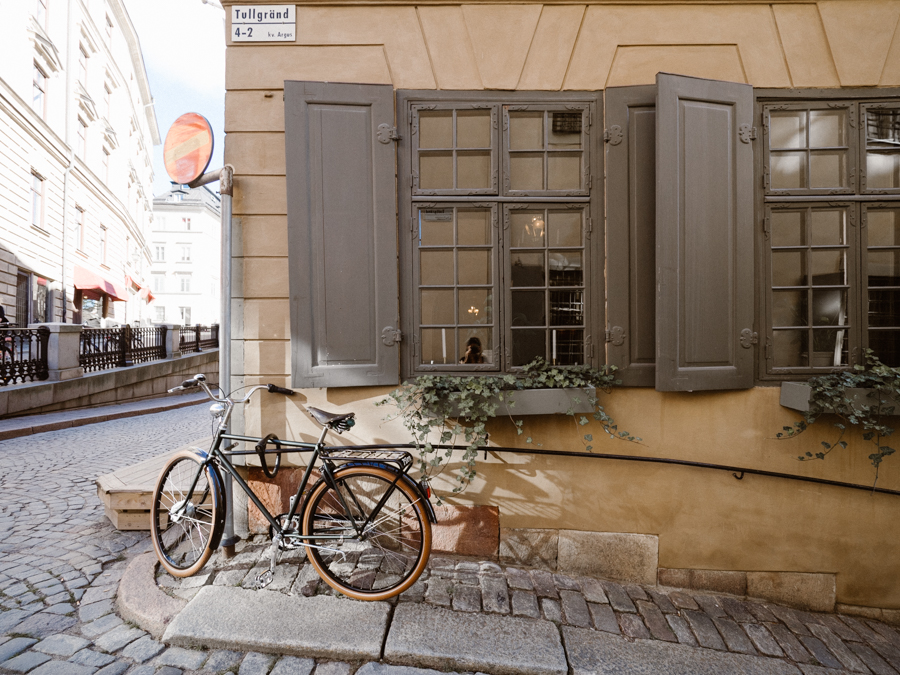
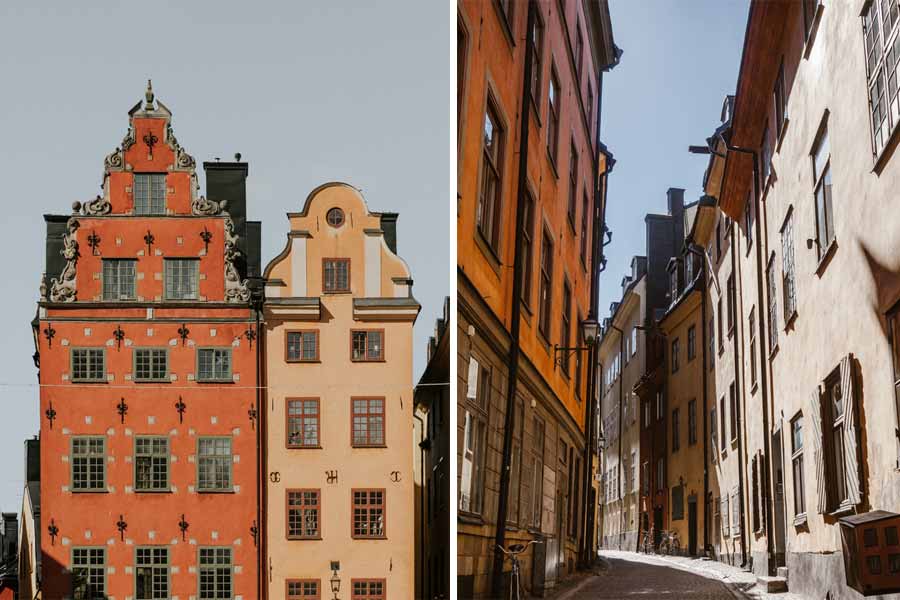
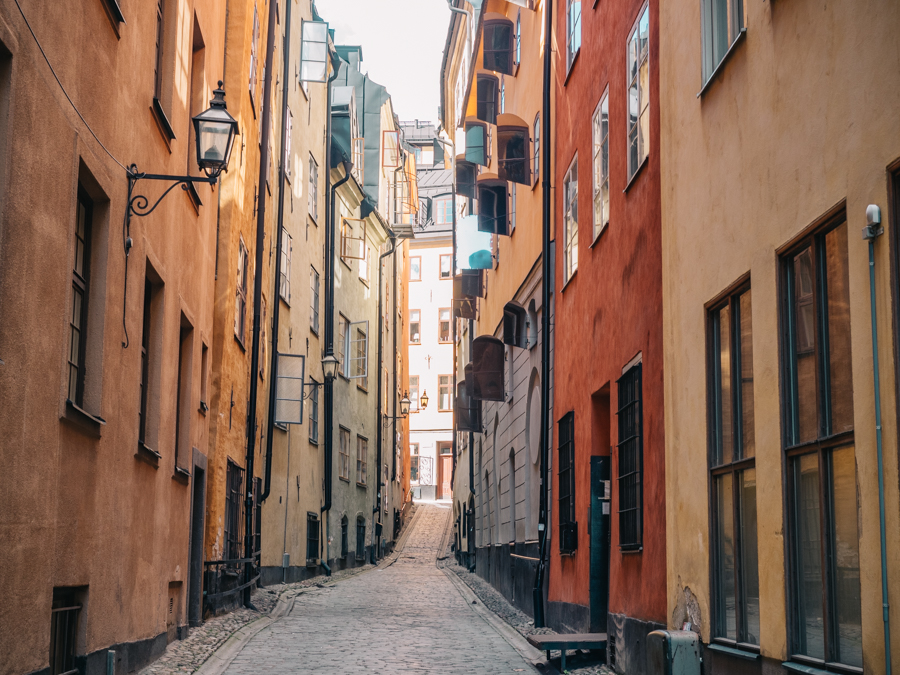
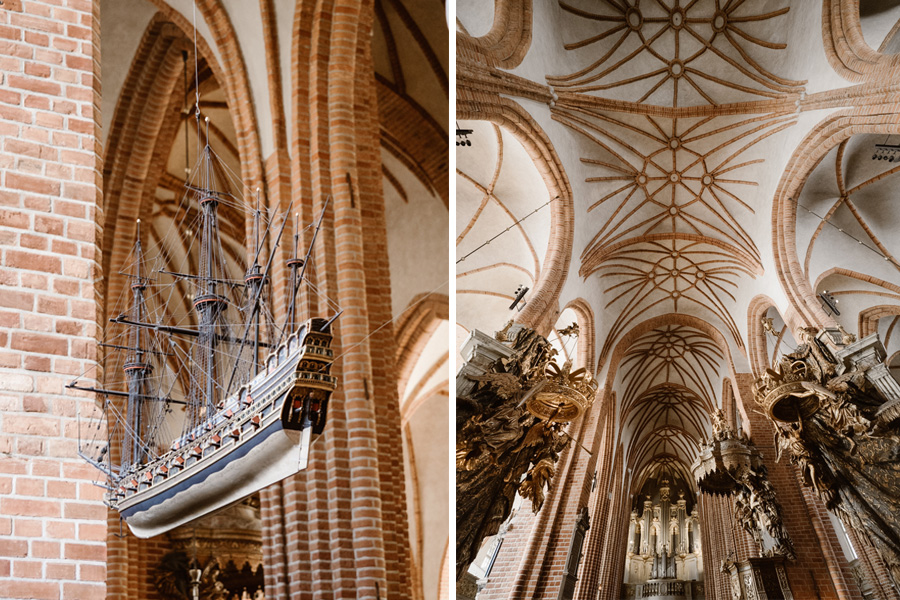
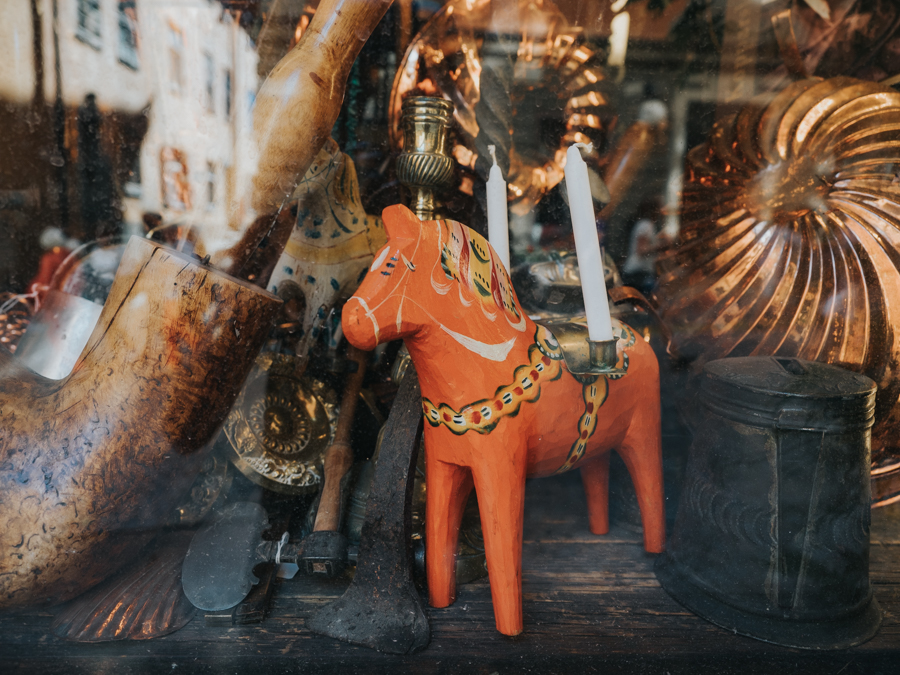
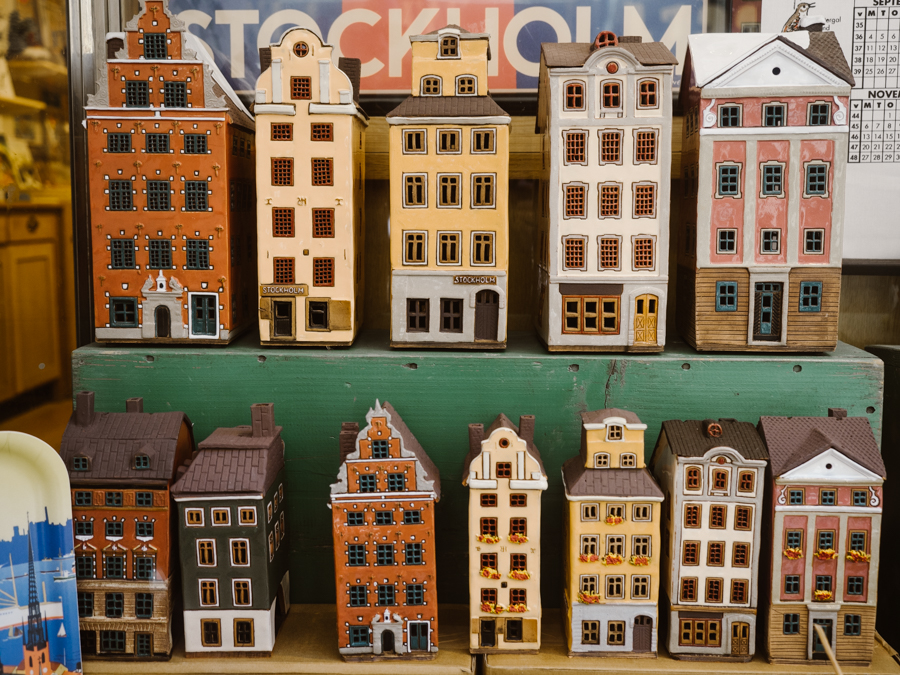
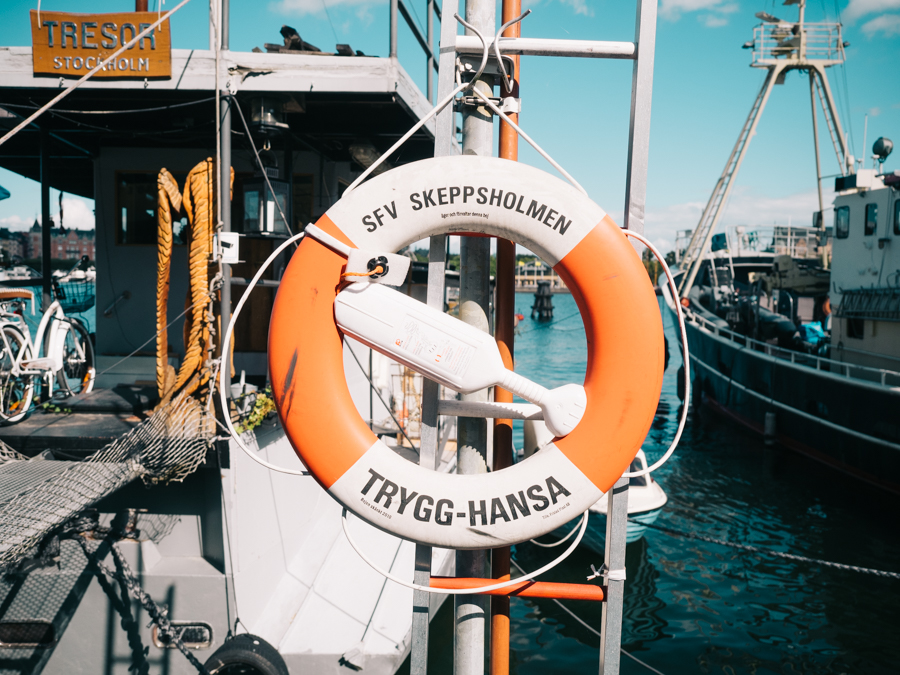
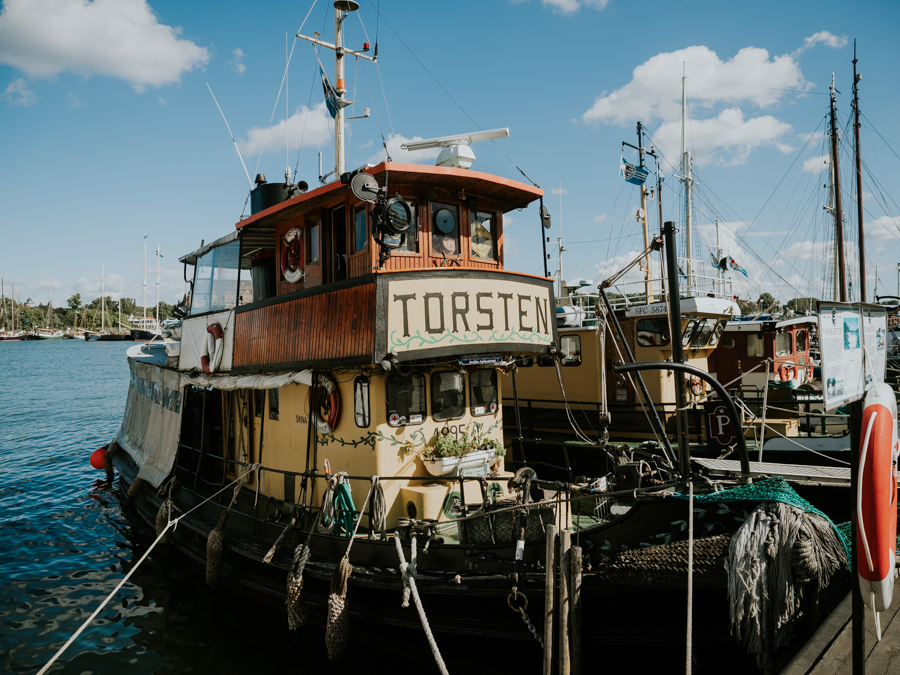
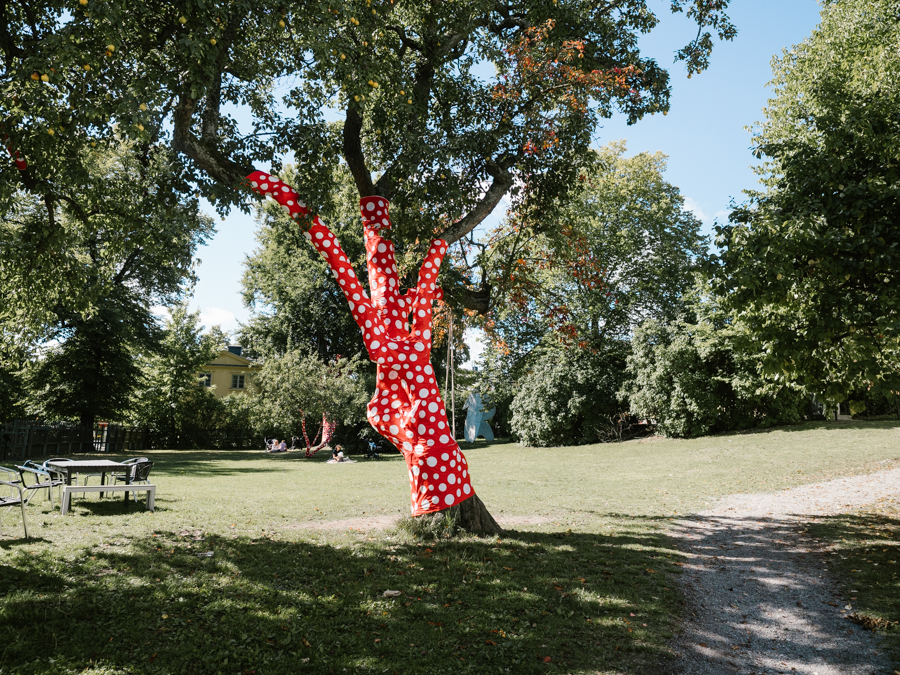
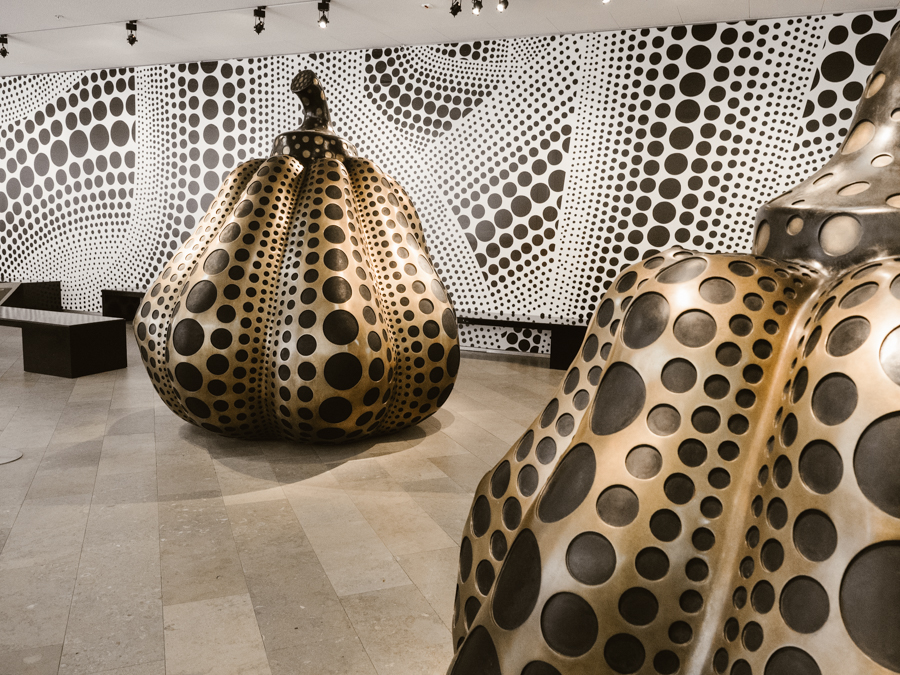
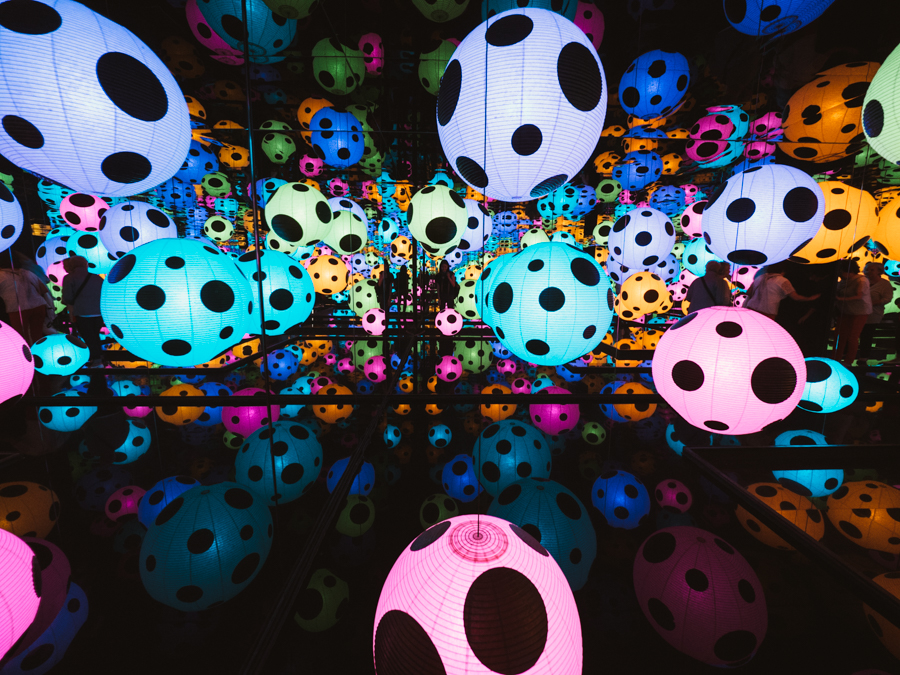
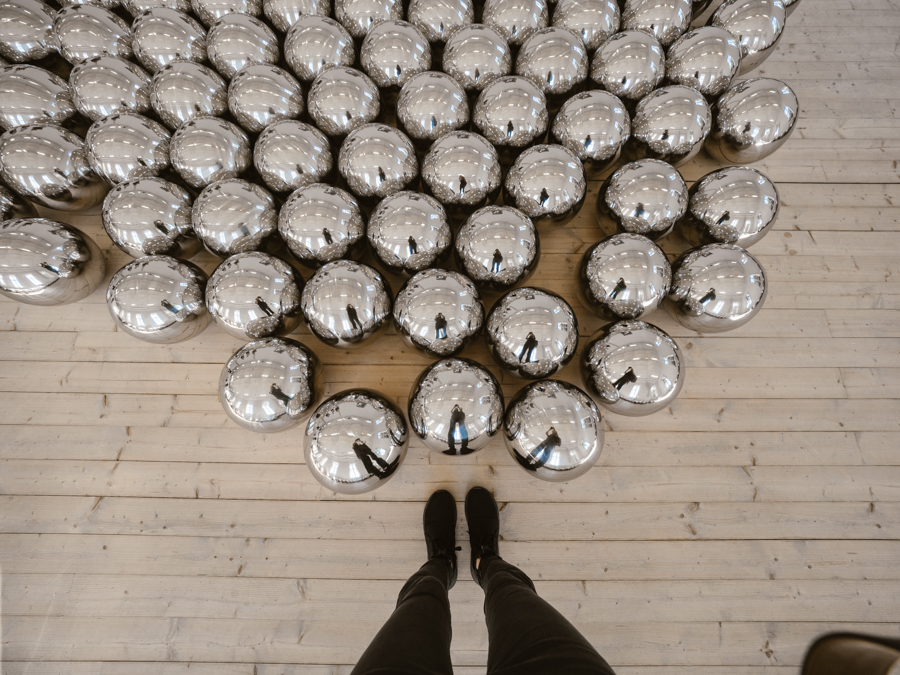
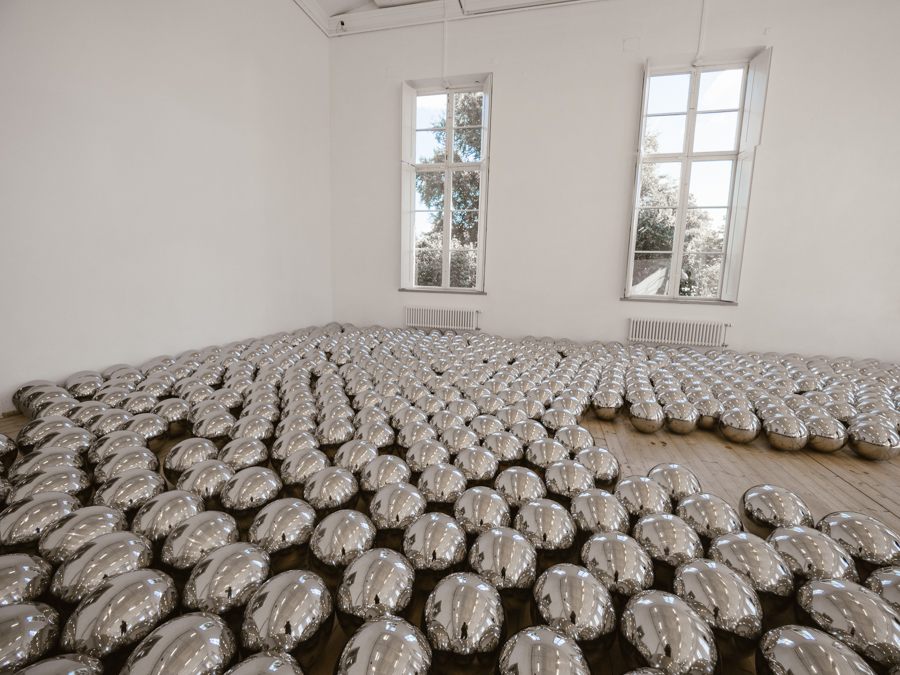
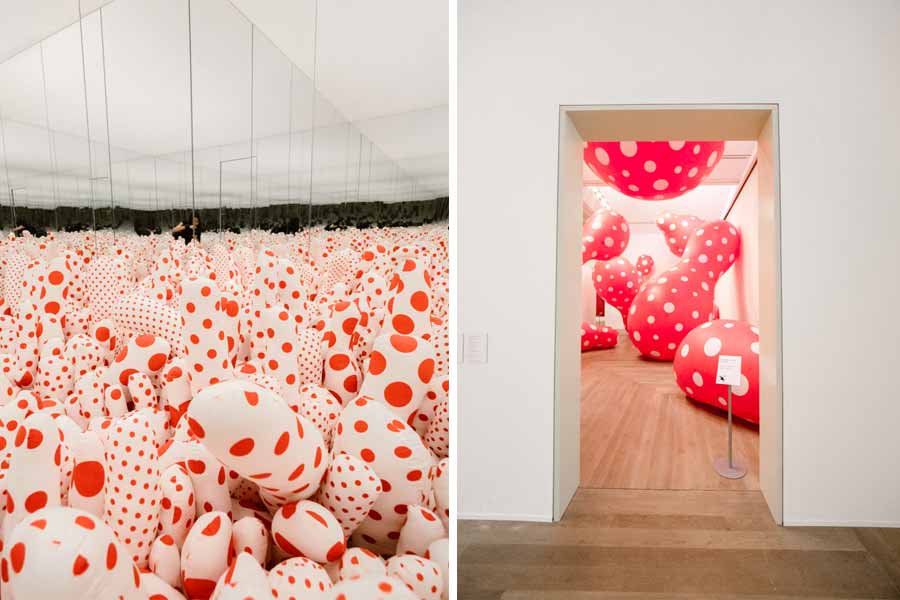
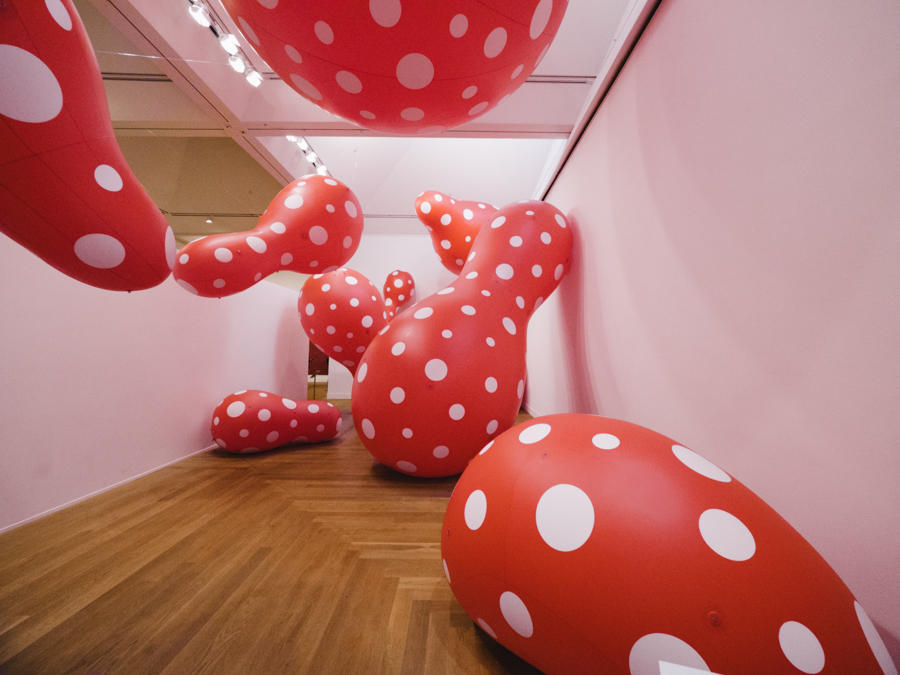
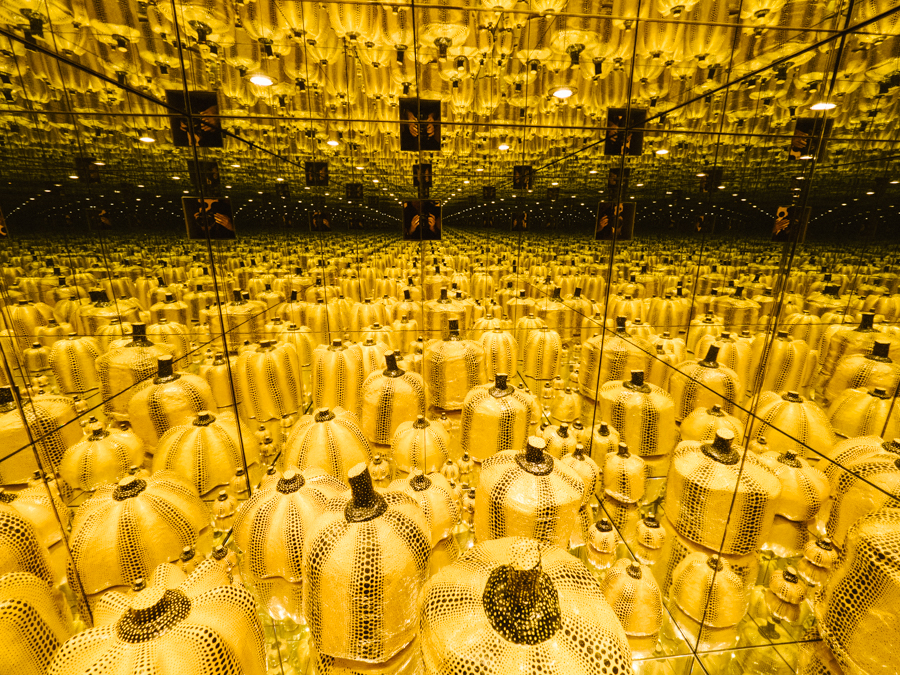
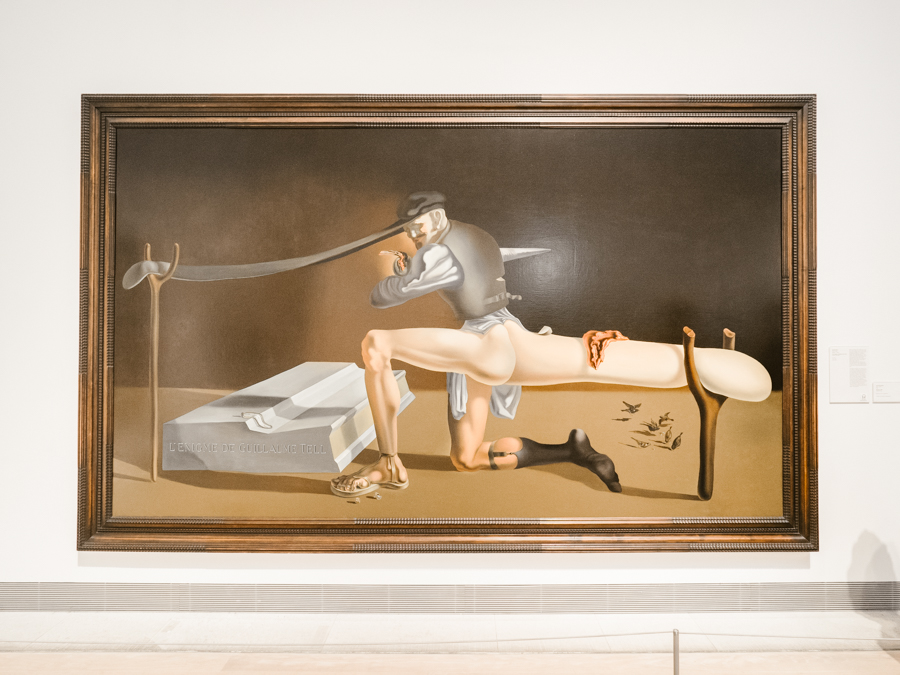
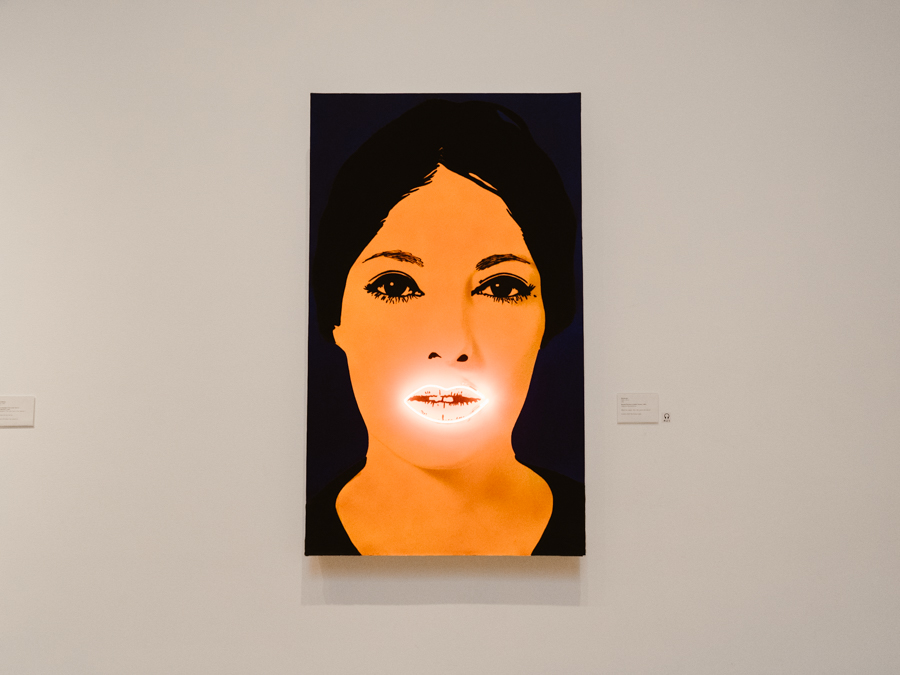
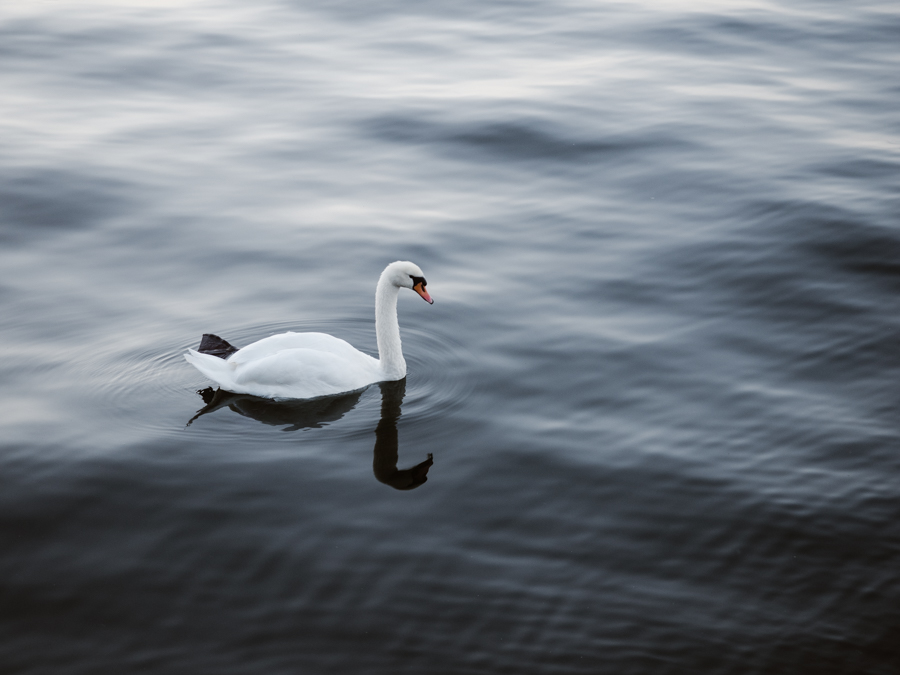
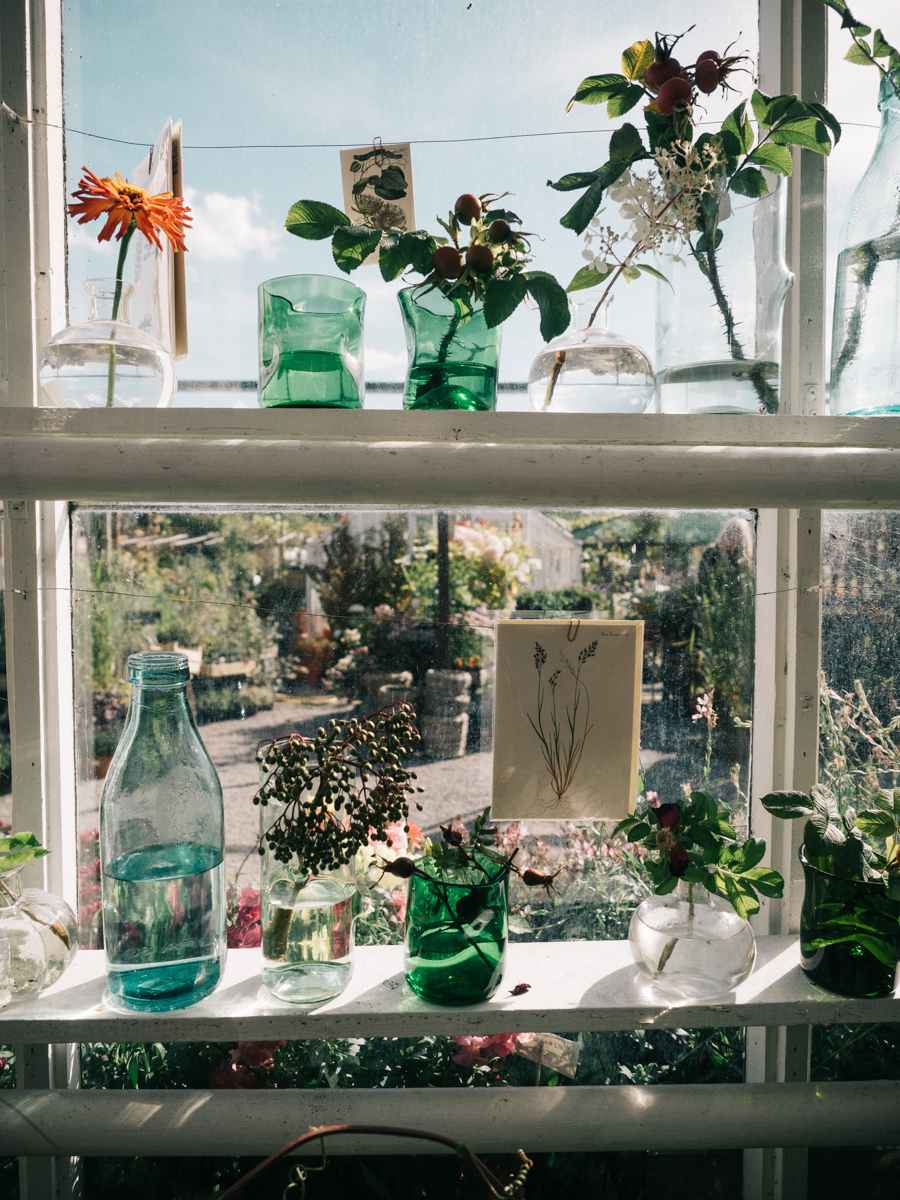
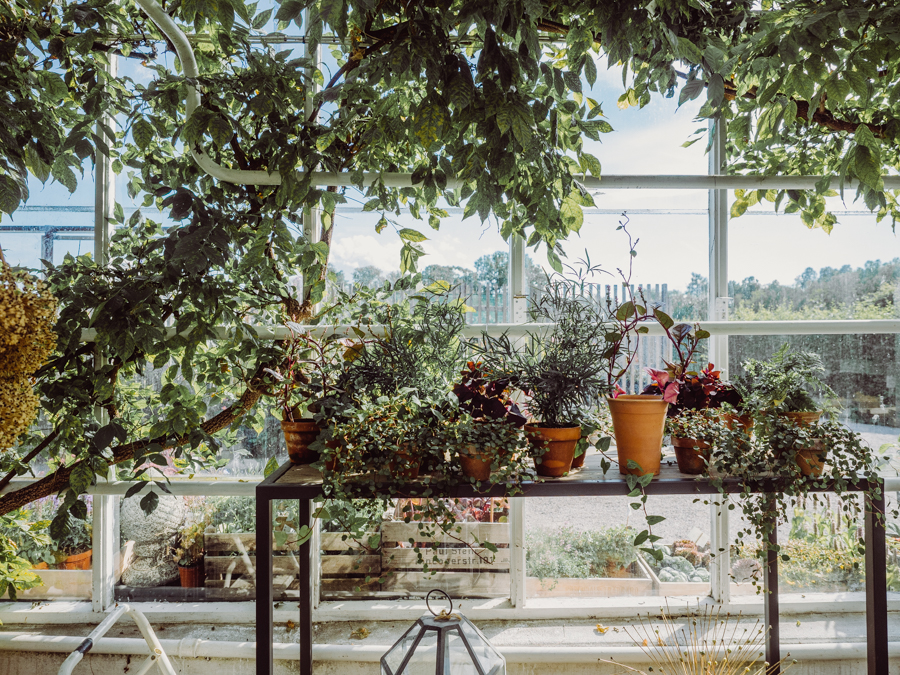
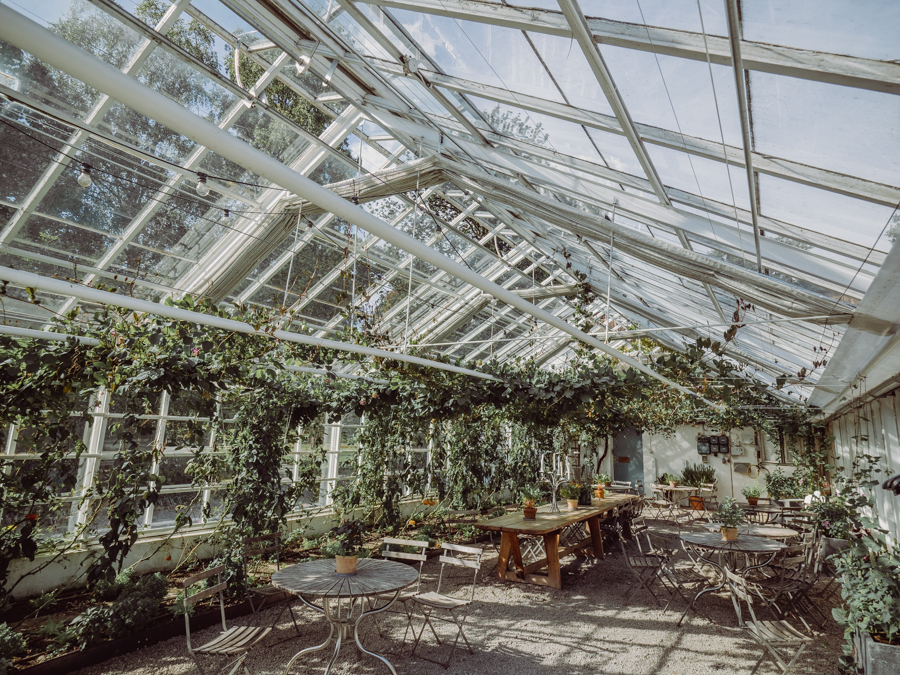
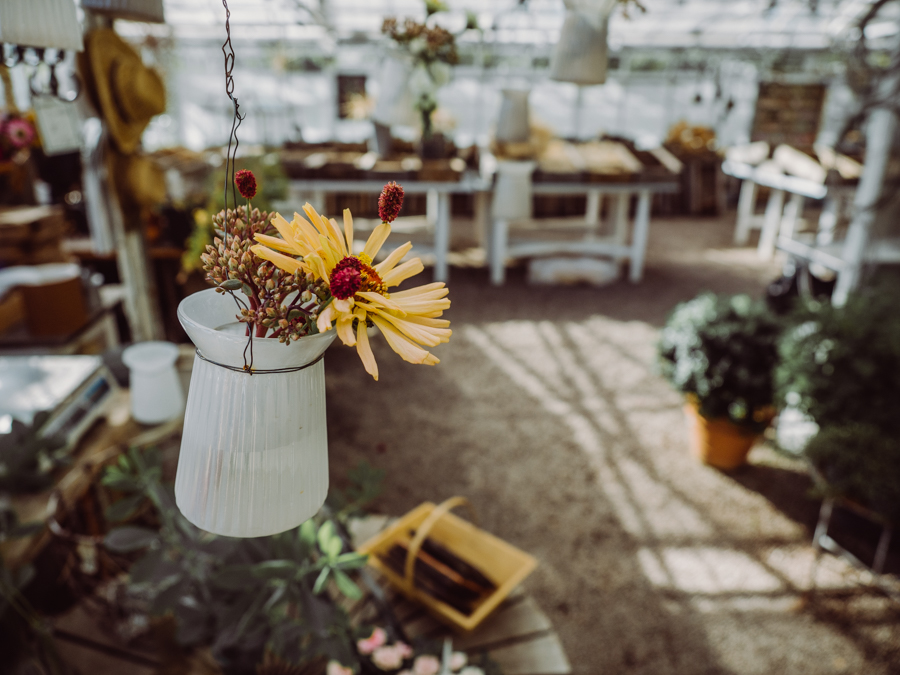
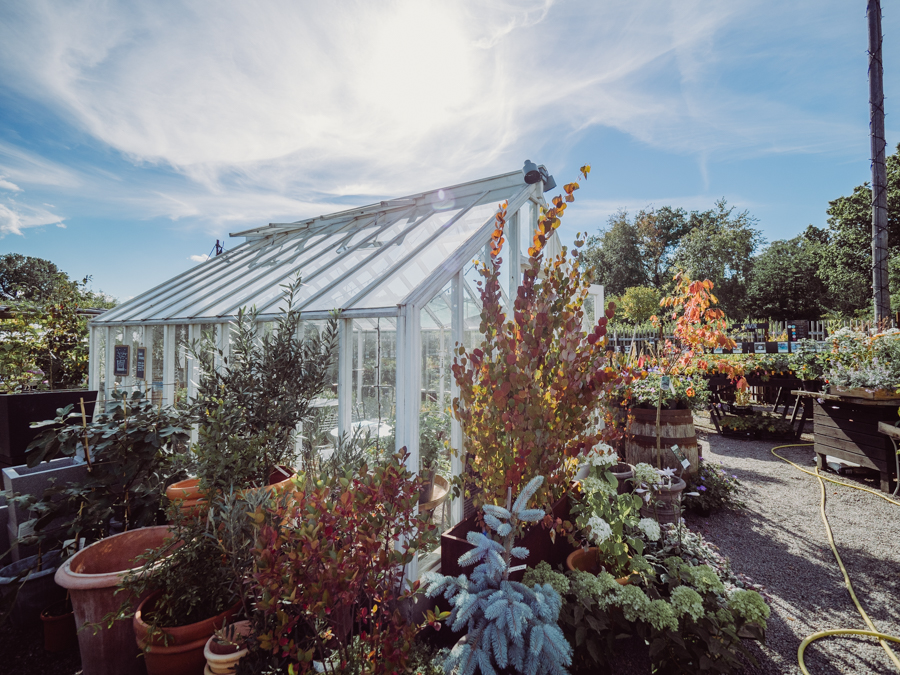
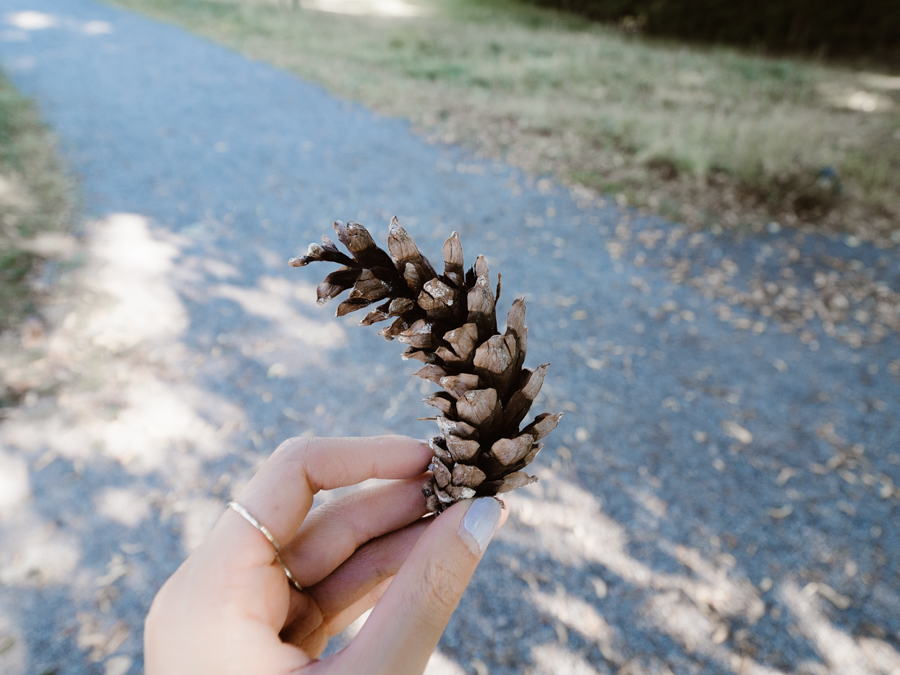
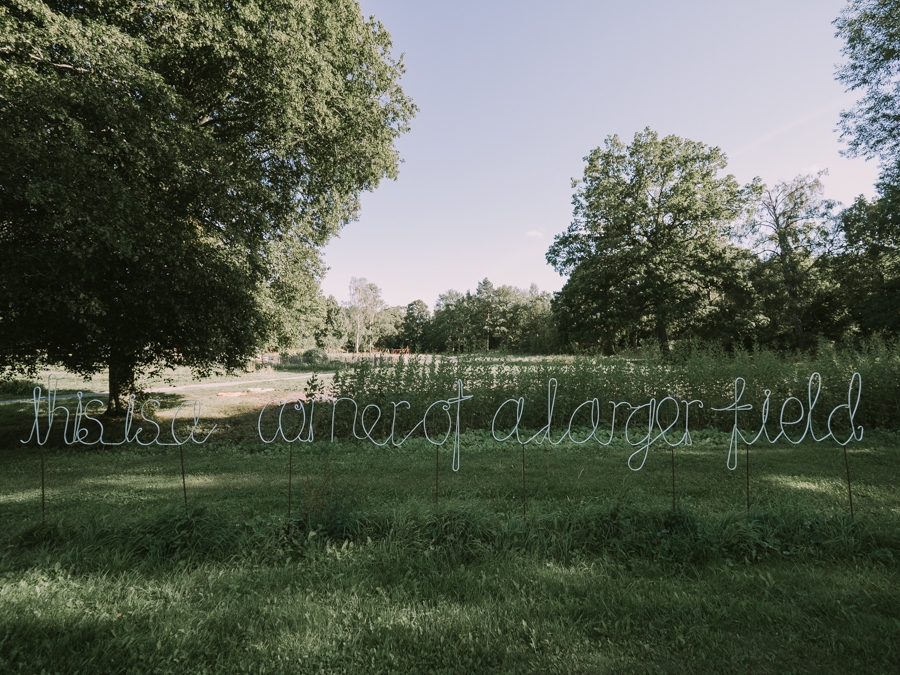
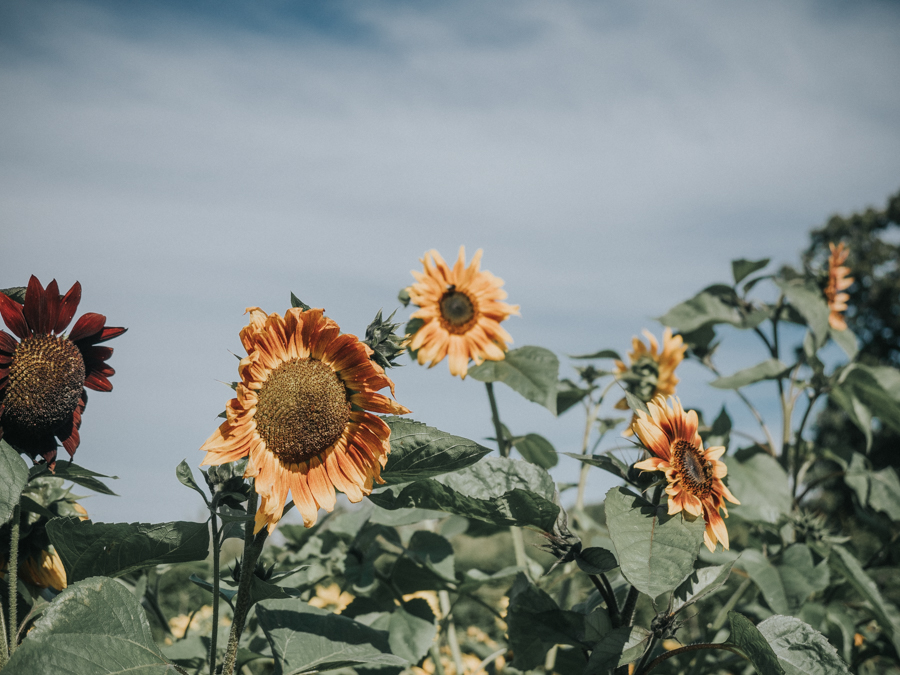
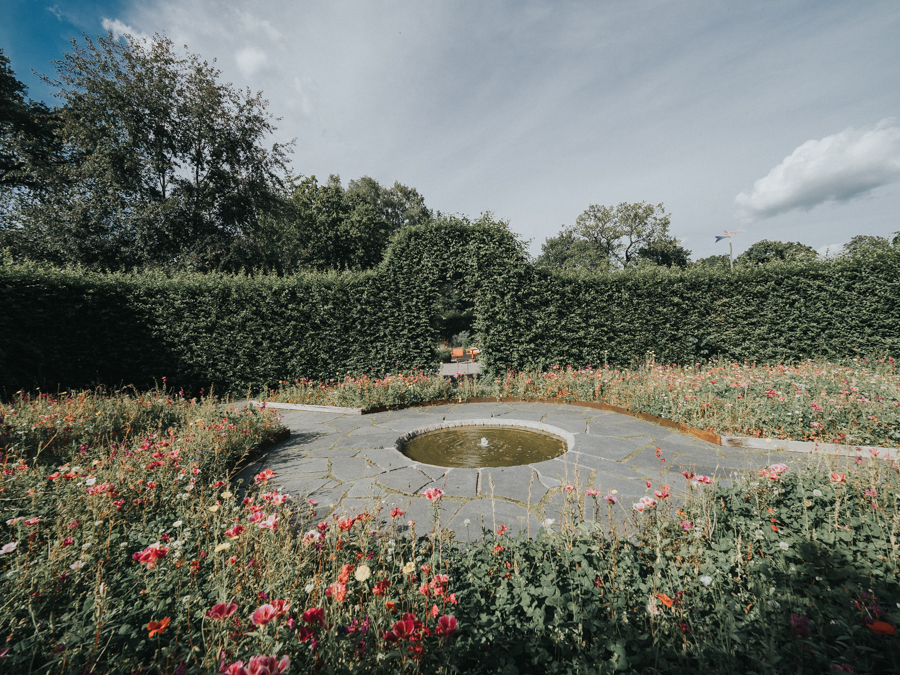
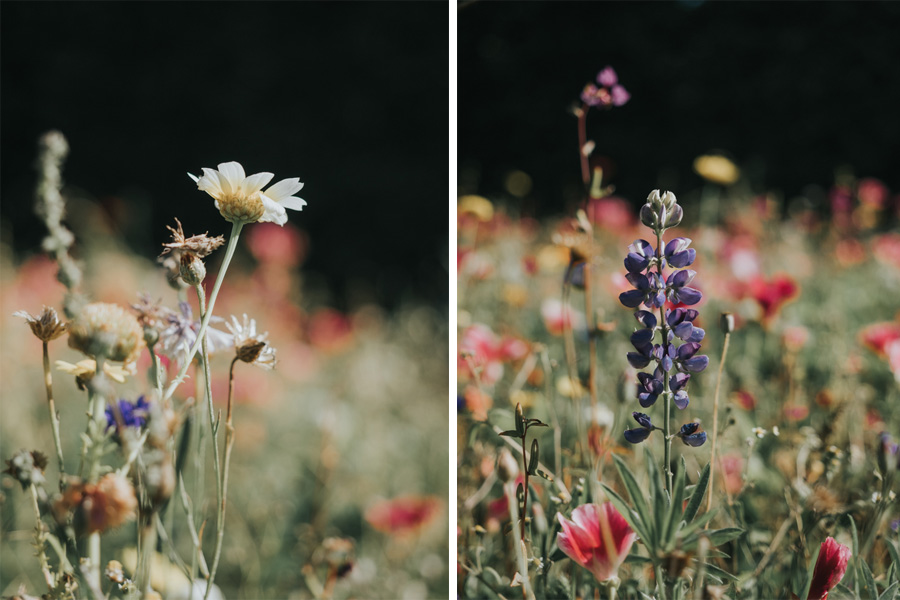

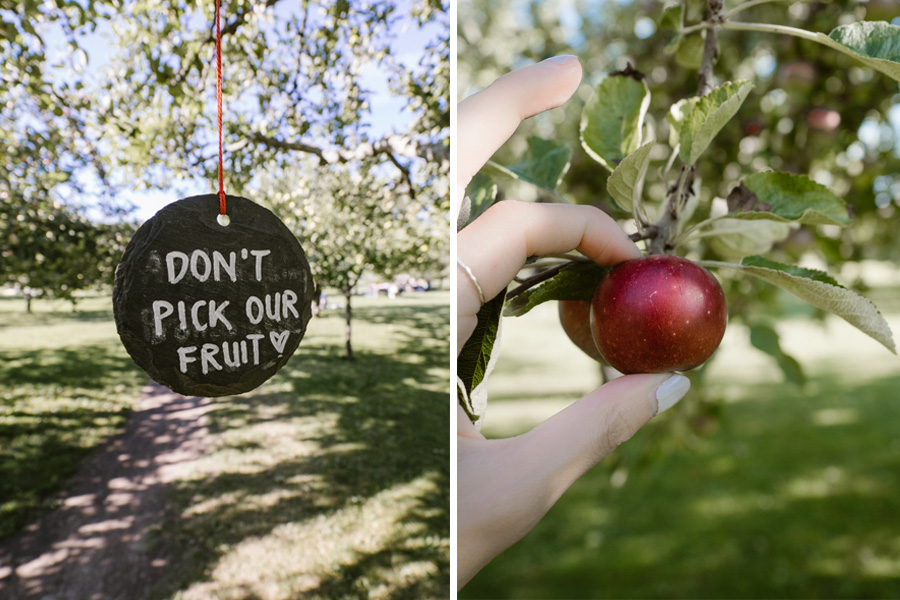
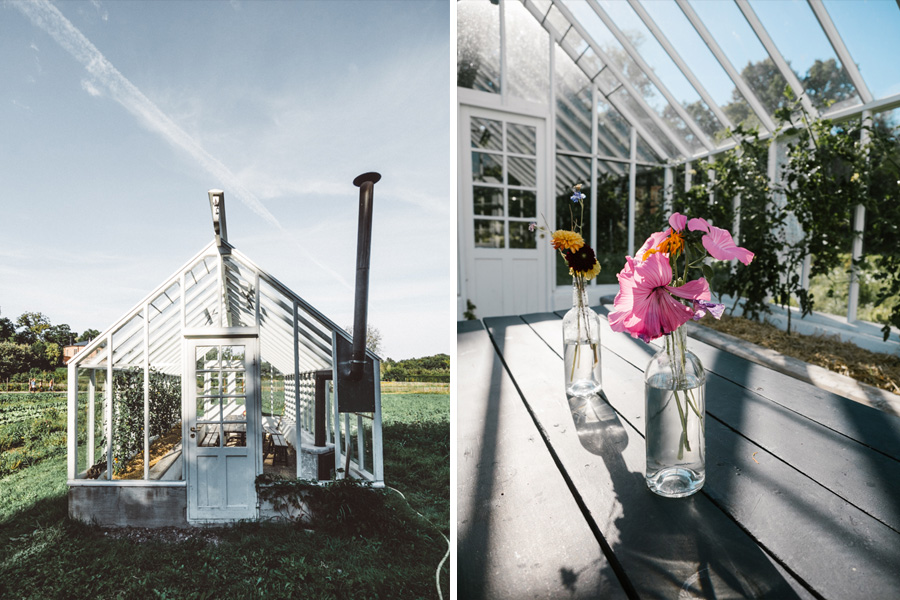
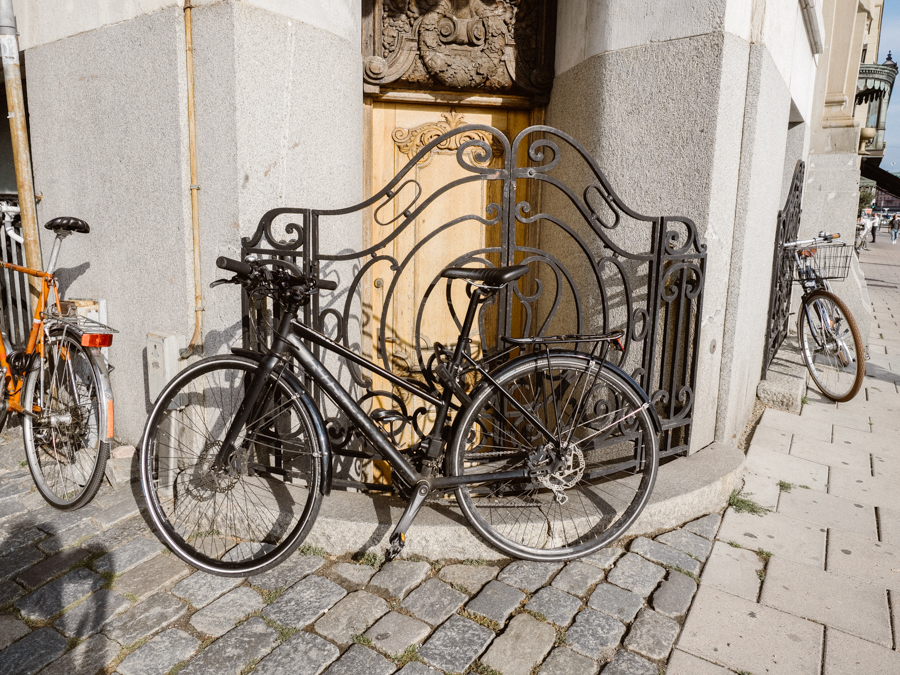
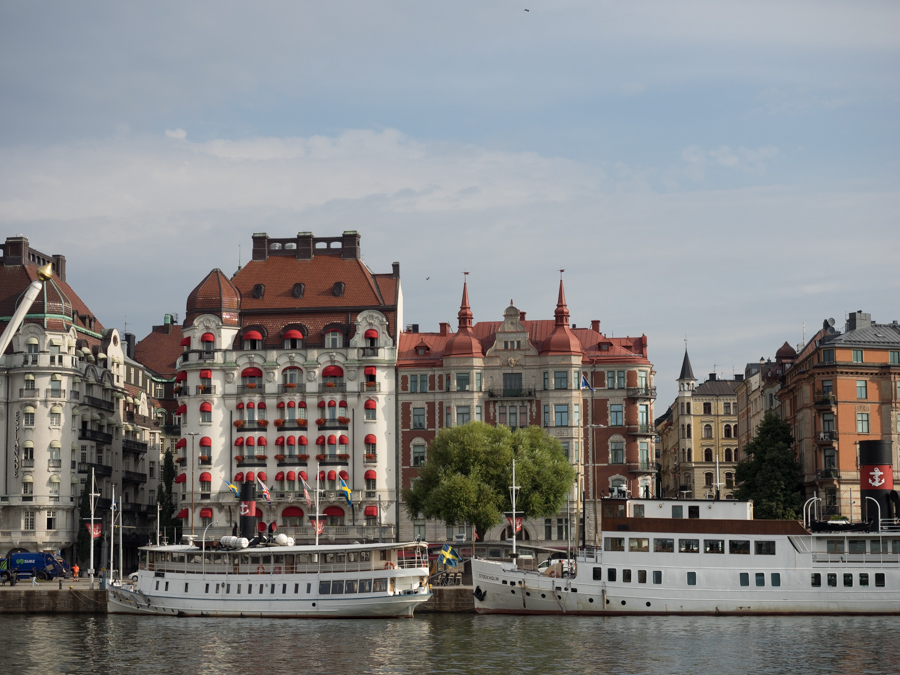
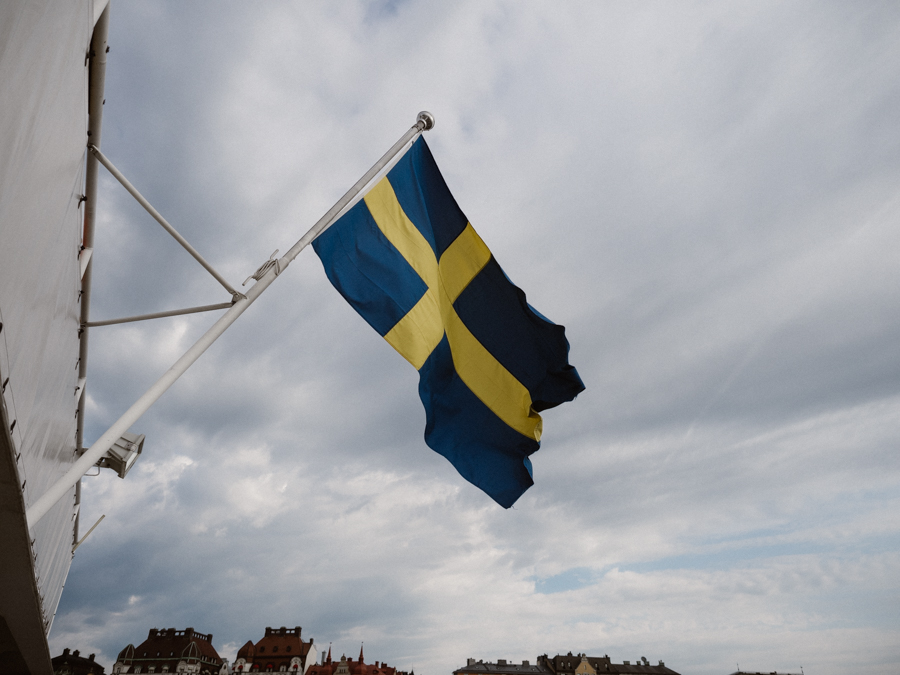
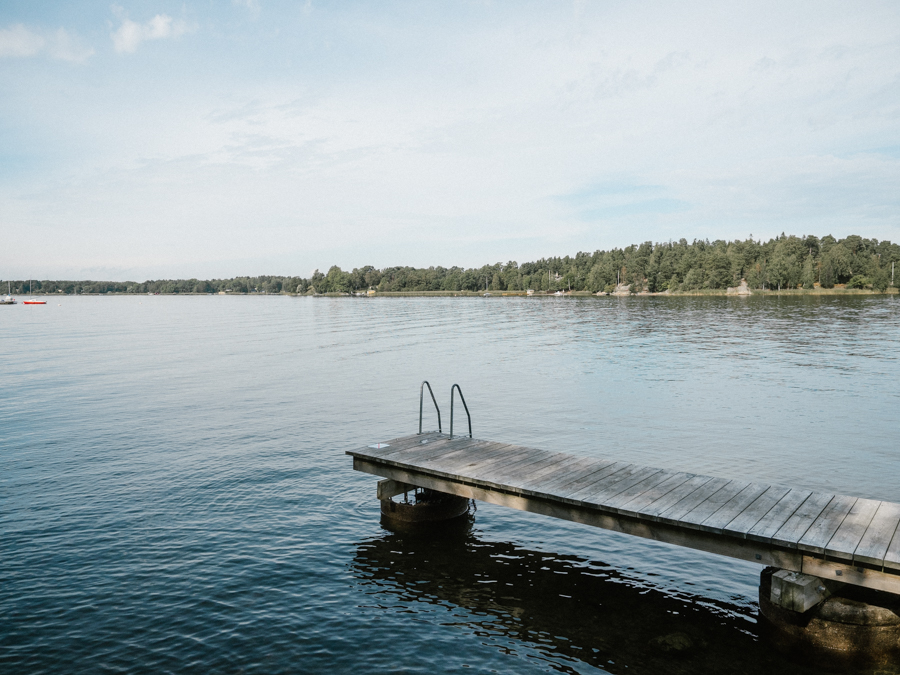
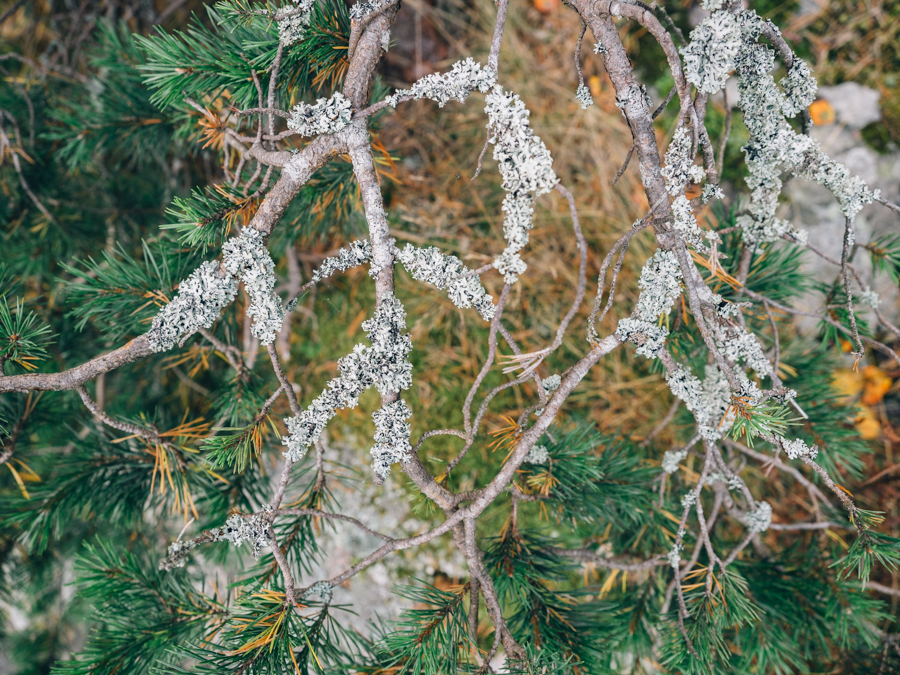
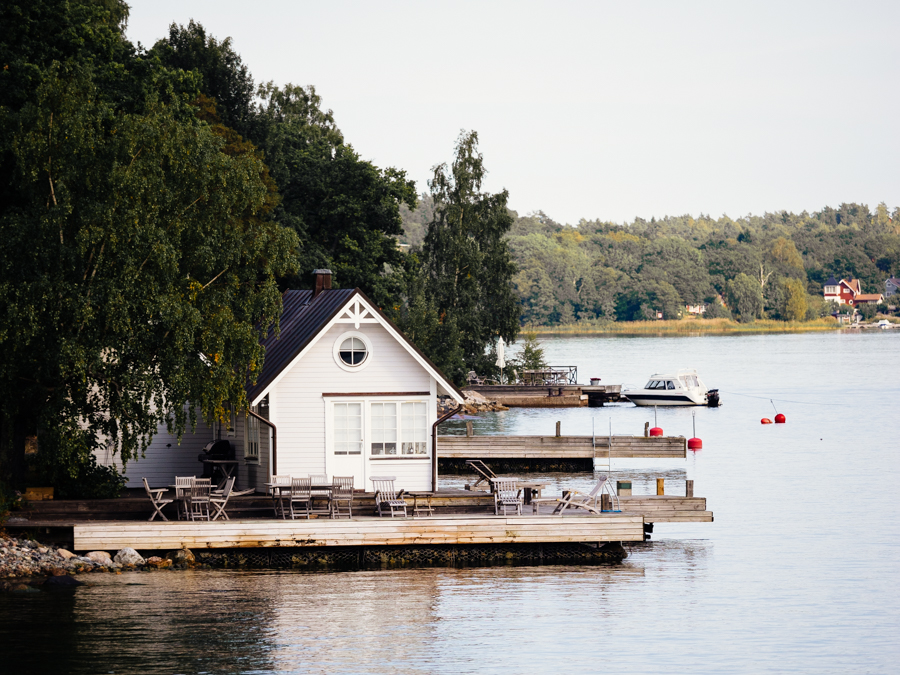
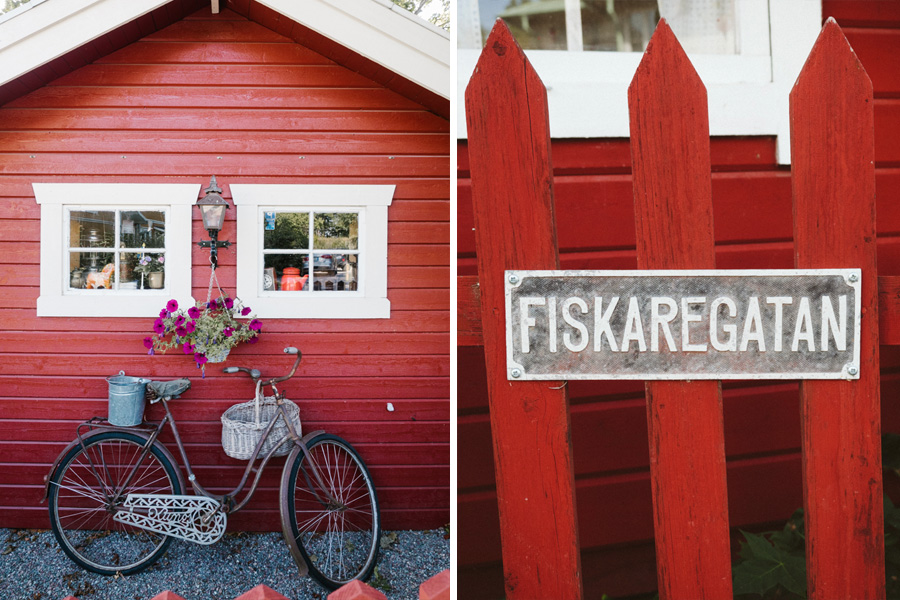
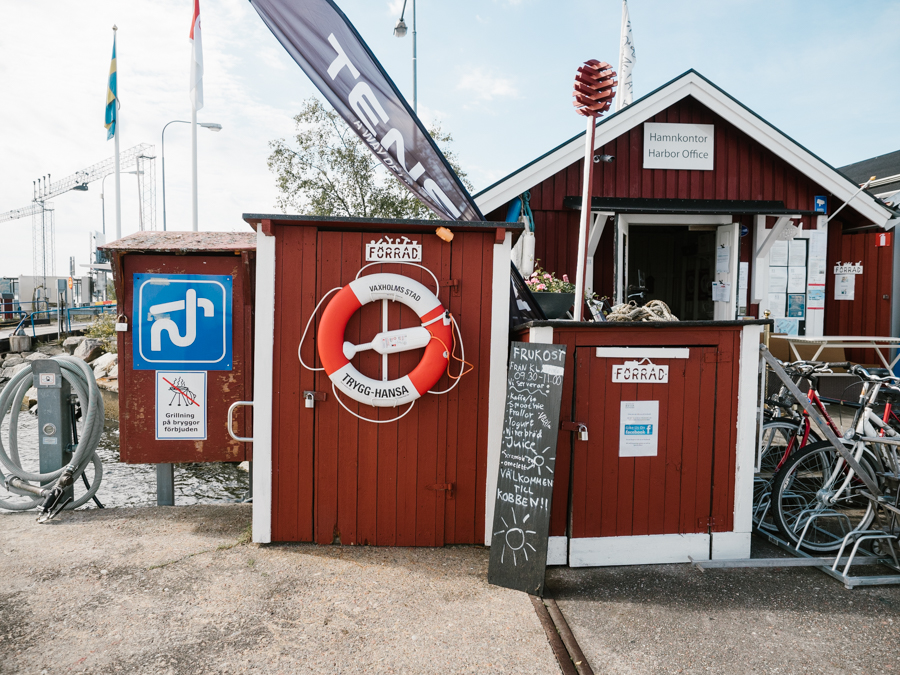
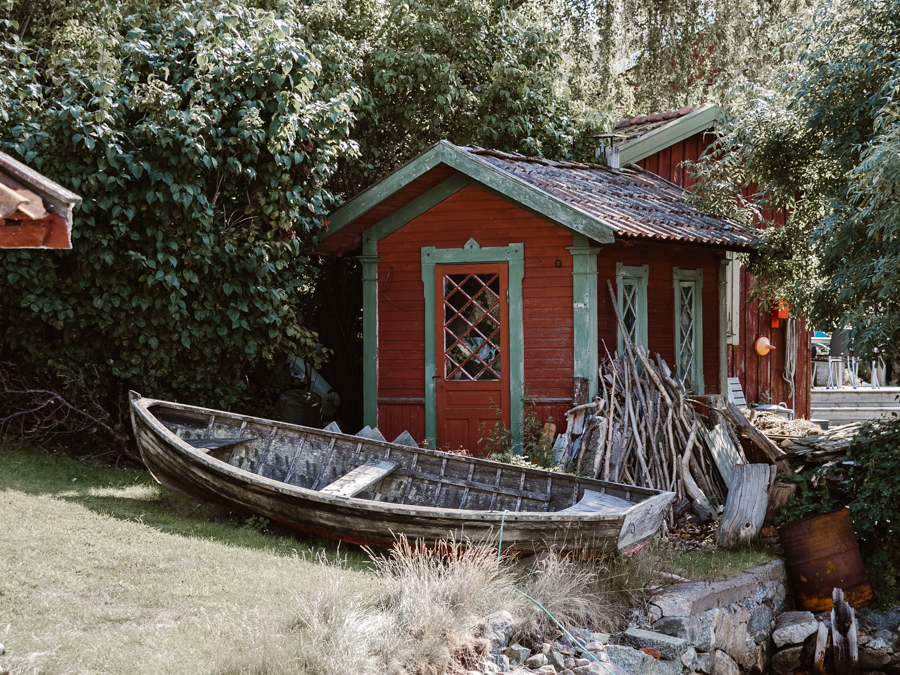
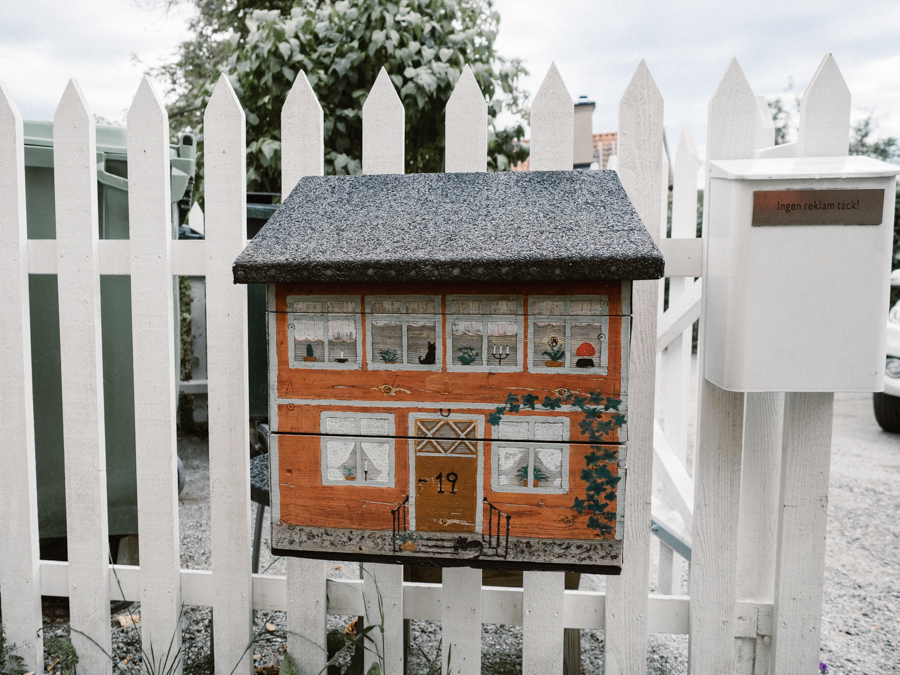
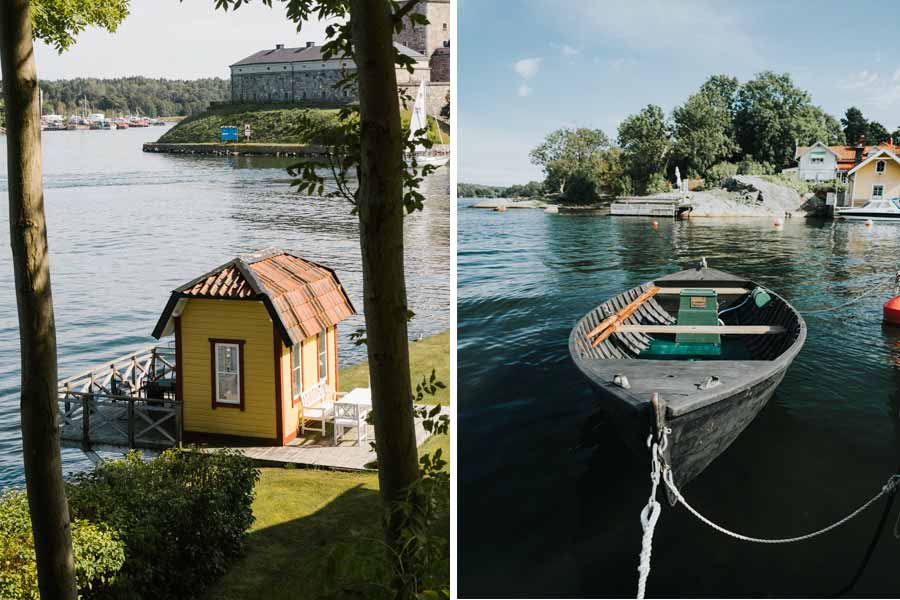

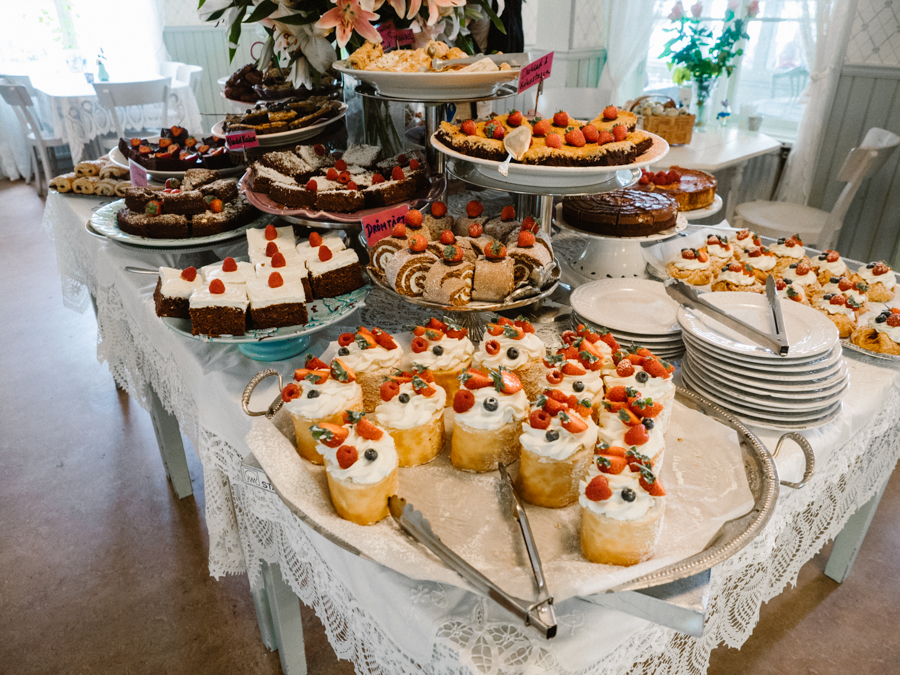



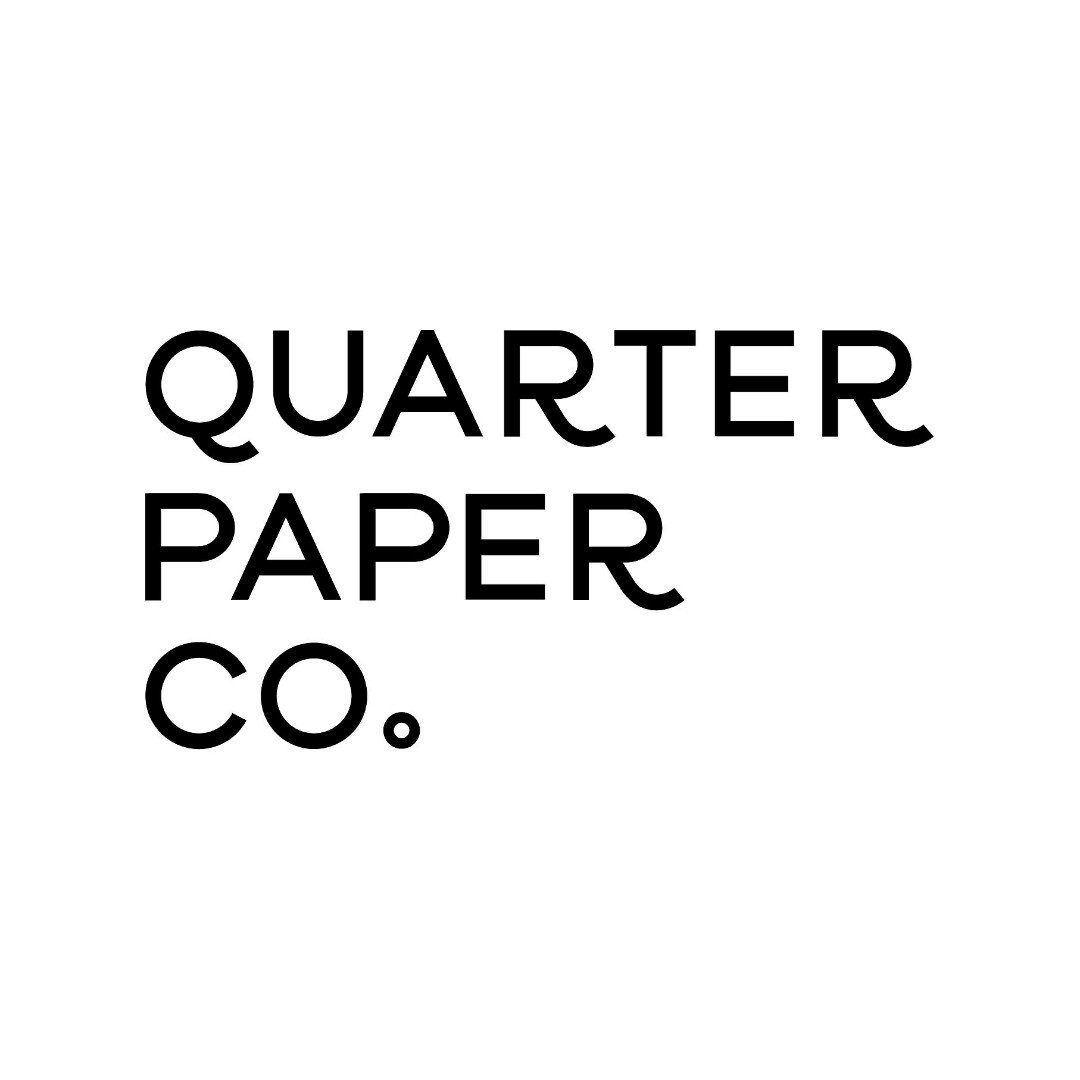

Wow! Reading this and seeing all the photos reminds me of how much I miss Stockholm – what a beautiful and wonderful city! People seem to complain that the Swedes are cold towards strangers but I never got that vibe. If anything, they were very friendly and helpful. I would love to go back and explore more of Sweden again… maybe one day.